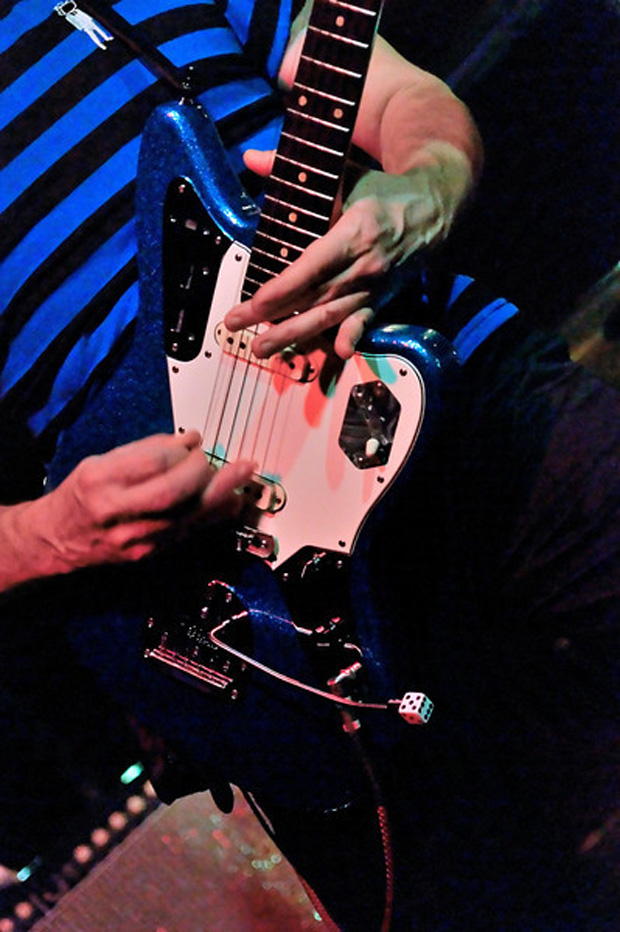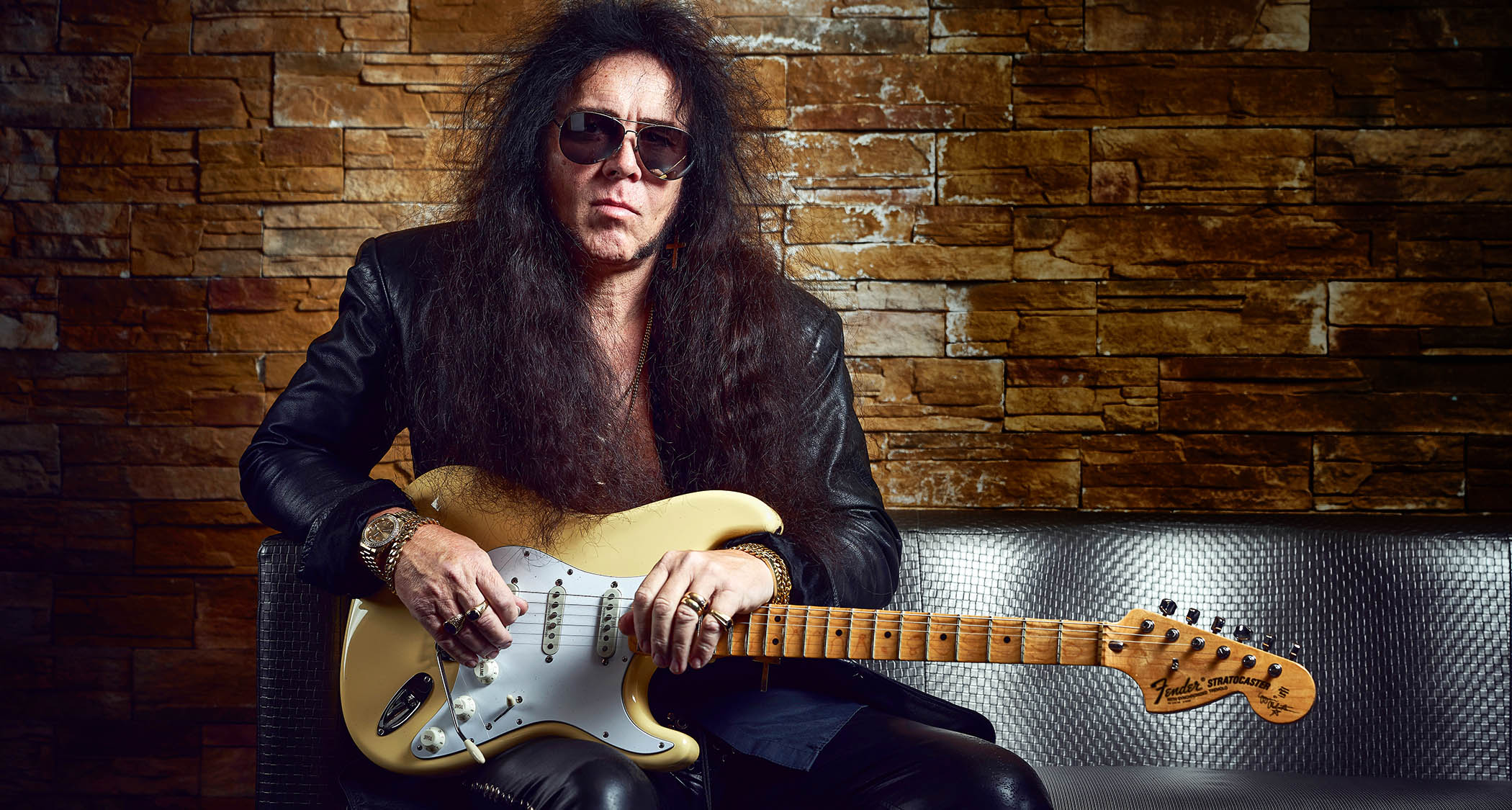Deep Water: How to Get the Classic Surf Guitar Sound

Will surf guitar be the last electric-guitar genre to earn some long-overdue respect?
The movie Pulp Fiction seemed to help elevate the surf guitar music from under a pile of seaweed to a spot on the party-song playlists of hipsters around the world.
But what is surf guitar? How does it differ from other styles of guitar playing? What equipment is used to get the sound?
Well, Fender-style guitars with single-coil pickups have typically been the weapon of choice, while vibrato bars are used to help express the rolling of the surf. Sometimes the vibrato bar is used very smoothly; sometimes it is shaken to the point of breaking off – enough to make Ike Turner proud! (Check out his instrumentals from the early 1950s).
Big, gnarly guitar strings that when played loud and proud, through a huge Fender amp, could shake the building, even when drenched in reverb from a tube-driven Fender Reverb unit. Even with all that reverb, there's still enough bigness to the sound to do some major crowd control!
It seems that the surf guitar players of the early 1960s were possibly among the first guitarists to make music and sounds that represented something more than just “playing a popular song for people to dance or listen to.” They were trying to create, sonically, the sounds and feeling of surfing the waves.
Throw in some tribal beats and mysterious, mournful-sounding minor chords, and you have the basic elements that helped define this music. It's almost like they took Duane Eddy's big guitar sound and mixed it with some of the energy and primitive attitude heard in the guitar playing of Link Wray.
Get The Pick Newsletter
All the latest guitar news, interviews, lessons, reviews, deals and more, direct to your inbox!
Much of the music you hear in a lot of the old beach movies isn’t really what was eventually to be called “surf music"; that was just Hollywood trying to cash in on the new youth trend! But the people “in the know” knew the difference!
Musically, what sets surf guitar apart from so much of what rock guitar became in the later ’60s is that the players stuck to the theme melody of the song. Long, wandering jamming in search of an idea wasn’t what surf guitar was about.
Play, and stick to the theme, relentlessly, repeatedly. Dig in, and don't go on a futile, "free-form jazz exploration," to quote David St. Hubbins in This Is Spinal Tap. Now we take for granted that we can hear these surf sounds in TV commercials, the occasional movie, and even a hint of it in pop music. Look at the obsession with the tremolo running like a vein through much of rock guitar technique.
The approach to playing surf guitar can take many forms, and we now have so many great extreme-sports activities by which to be inspired – along with everything else that drives us to keep picking up that guitar – and get something going!
Rock on.
Guitarist Dave Wronski is one third of Slacktone, a Southern California-based modern surf band that has toured the world and elsewhere. He also has written and recorded music for TV-show themes, commercial soundtracks and films.
"Upgrading from your entry-level acoustic opens the door to an entirely new world of tonewoods, body shapes, and brands": 6 signs it's time to upgrade from your first acoustic guitar
"I'm past my prime": 5 common excuses for not learning the guitar – and 5 body and mind-boosting reasons you should










